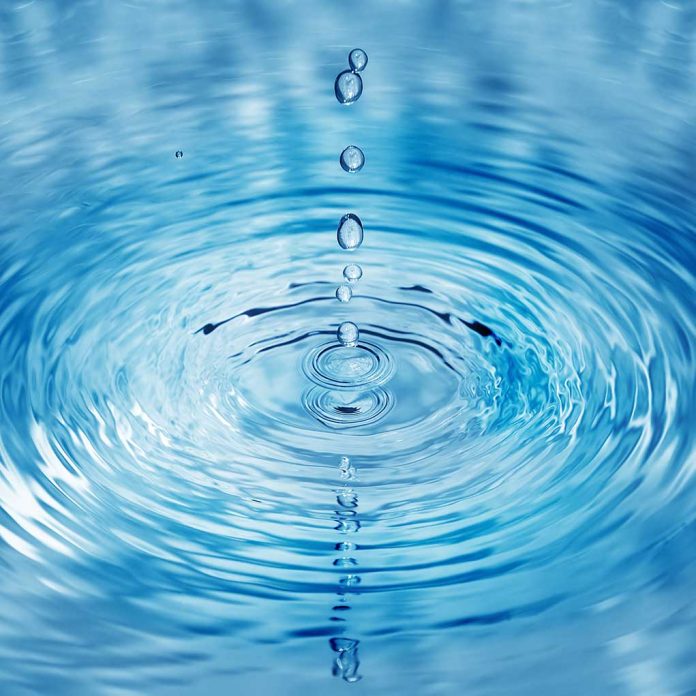
(NewsSpace.com) – There are approximately 15,000 per- and polyfluoroalkyl substances (PFAS) compounds in existence. These are manufactured chemicals used to produce consumer and industry products for nearly 100 years. Known as “forever chemicals” because they don’t break down naturally, they’re used to increase resistance to stains, heat, and water, and are so widespread they’re often found in the blood of animals and people worldwide. For years, these chemicals have been under study to determine what, if any, health effects exposure to them can cause.
The Environmental Protection Agency (EPA) recently set limits for their use, but people are worried these restrictions don’t go far enough.
EPA Announces Drinking Water Standards
On Wednesday, April 10, the EPA announced its “first-ever national legally enforceable drinking water standard for PFAS.” This move, it says, will “protect 100 million people” as well as prevent some serious illnesses while saving lives. An additional $1 billion in funding through President Joe Biden’s Investing in America agenda will go towards helping US states and territories fund “detection and treatment systems” so they can “meet the new standard.” The money to fund this missive comes from the massive Bipartisan Infrastructure Law passed in 2021.
With this standard in effect, public water systems will need to monitor the levels of PFAS in drinking water, reducing it when necessary, and notifying the public if the levels exceed the parameters. It will additionally focus on protecting firefighters and healthcare providers while reducing PFAS in food packaging, federal procurement, and fire suppressants.
The EPA noted that the actions would benefit “devastated communities” affected by decades of chemical plants dumping PFAS-contaminated waste, which filtered into the community’s drinking water. Notable communities include Tucson, Arizona, and Oakdale, Minnesota.
Critics Say It’s Not Enough
While public health advocates acknowledge that it’s a good first step, it’s not nearly enough to combat the problem. Further, the EPA is only applying these standards to six of the approximately 15,000 PFAS in existence.
Then, there’s the matter that exposure through drinking water is only about 20% of the issue. Diet is a much larger contributing factor. Advocates say they should be classified and regulated that way, with strong restrictions on their use. Only then, will it begin to scratch the surface of the issue.
A former EPA official, Kyla Bennett, agrees. She says the agency “is not going to succeed this way,” and a better move would be to “define PFAS broadly and ban all non-essential uses.” That’s the only way she notes the US can begin to get away from the “contamination crisis.”
Copyright 2024, NewsSpace.com










